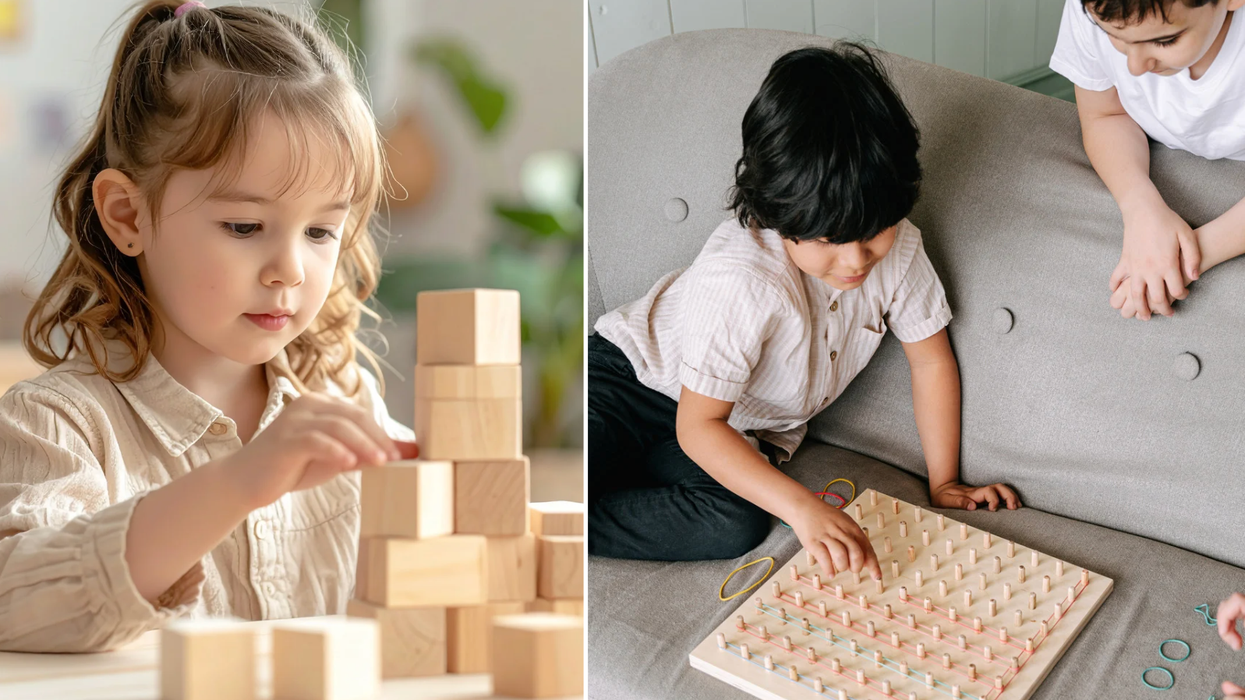Though recycling has increased every year over the past decade in the U.S., in 2011, plastics were recycled at a mere 29 percent. And even for those environmentally conscious consumers, placing a water bottle in a recycling bin may not be enough.
Enter the Sea Education Association (SEA). During a 38-day cruise from San Diego to Hawaii last month, researchers and students collected over 70,000 pieces of plastic caught in the Great Pacific Garbage Patch. Contrary to ideas that the Great Pacific Garbage Patch is a floating island consisting of plastic bottles, plastic bags, and wrappers, the patch actually consists of “little confetti pieces so small that if you’re not putting a net in the water, chances are that you won’t even notice that they’re there,” Emelia DeForce, PhD, the chief scientist on the expedition, told me. The Great Pacific Garbage Patch resembles more of a patchy plastic soup, varying in concentration due to changing winds and waves. These non-biodegradable microplastics that were once our milk jugs and detergent bottles are now residing in the oceans indefinitely as they break up into smaller and smaller pieces by the sun, wind, and wave action.
Provoked by questions raised by the 2010 Plastics at Sea North Atlantic Expedition, DeForce and her crew set out to study and research just how these plastics are affecting the ecology of the ocean. One of the most surprising findings of the trip was that microorganisms are living on, and with, these microplastics. “Every single time we put a net in the water not only do we pick up some plastic within the gyre, we also simultaneously pick up regular organisms that would be living there,” said DeForce.
This has a huge impact for the possibility of cleanup. “If we were to try to clean it up at some capacity,” she said, “We’re also going to be breaking down the natural marine organisms that are living there which would completely disrupt the food web.” Here lies a Catch-22: Should we leave the harmful plastics in the sea, or forever damage the fragile ecology of the Pacific Ocean? DeForce accurately summarizes the reality of the situation and our own involvement: “We certainly can’t get rid of plastics altogether, but we can be more conscientious about our use.”
For the SEA crew, the next step is getting this research out to the scientific community and the general public. “The best way to clean up our ocean is not to put more in,” DeForce says. “And to do so, awareness is one of the first steps.” To raise awareness, SEA is working with the New England Aquarium, Oregon Museum of Science and Industry, and K-12 educators. DeForce also acknowledges the impact of personal choice and use; she herself makes efforts to avoid single-use plastic bottles.
Changing habits is a great first step (especially with New Year’s resolutions on the horizon). For example, this all-natural water filter is a sleek, affordable alternative to buying cases of water bottles. Portland and San Francisco have banned plastic bags at stores, making reusable tote bags a popular gift this holiday season in the Pacific Northwest. How will you change your lifestyle in 2013?
Visit here learn more about the Plastics at Sea North Pacific Expedition
Image via (cc) flickr user edwinvillasmil
















 Otis knew before they did.
Otis knew before they did.